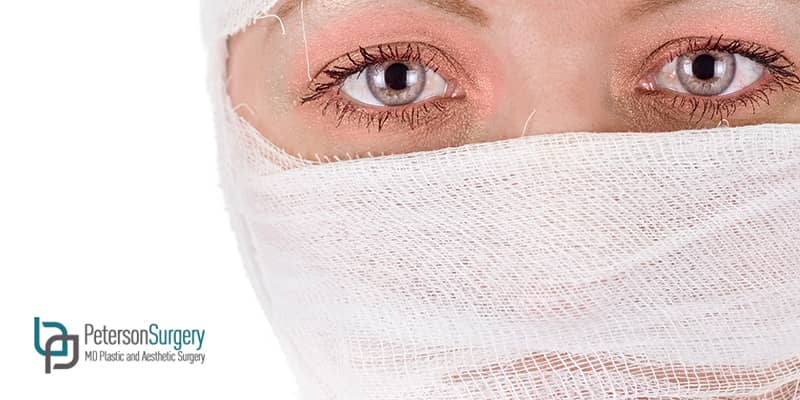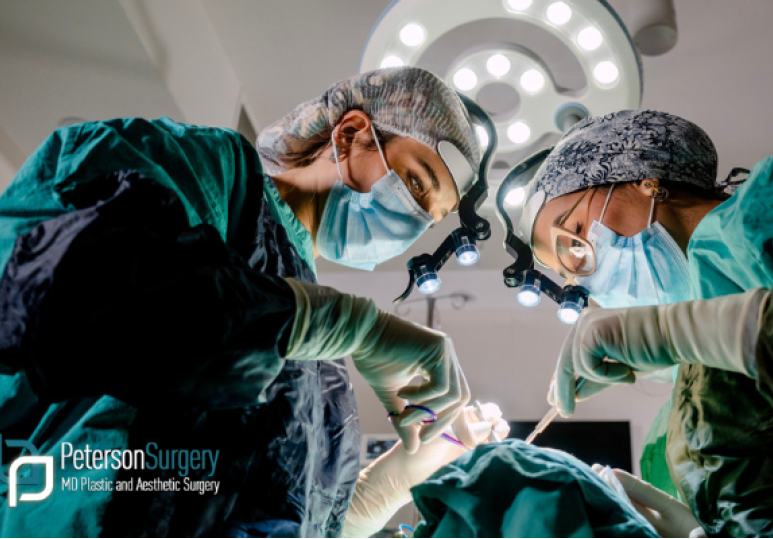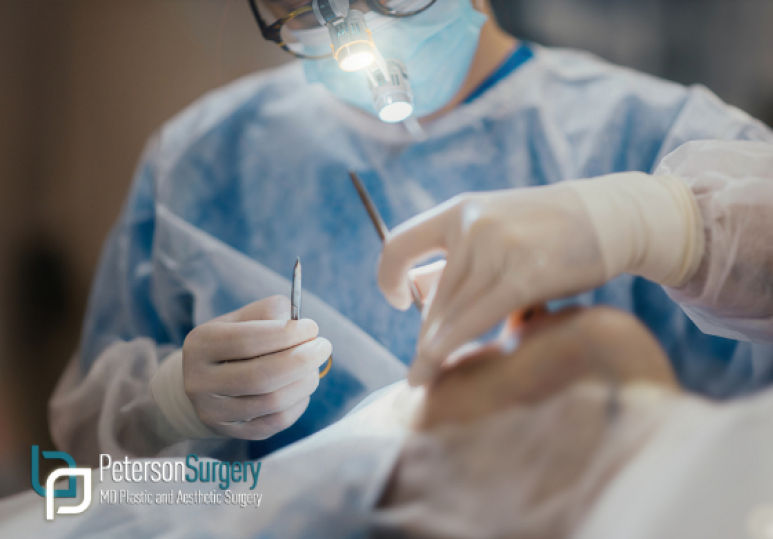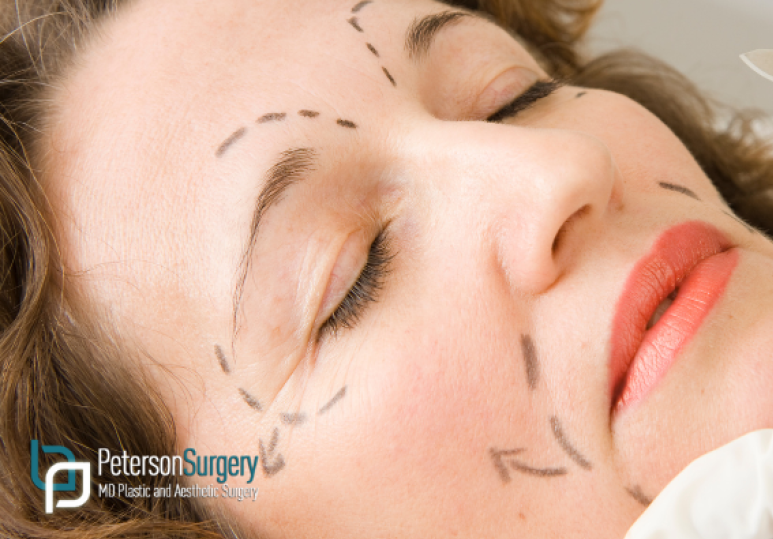WHAT TO EXPECT WITH FACELIFT SURGERY
What Is The Procedure?
A facelift is performed as a day surgery under general or deep IV sedation. The procedure generally takes three to four hours and you will require someone to drive you home after. During surgery your plastic surgery will follow a plan for careful placement of incisions and perform some or all of these refinements:
- Sculpting or redistributing of fat
- Repositioning of tissues
- Lifting of muscles
- Contouring of and removal of excess skin
- During your pre-surgery consultation your plastic surgeon will determine the best technique and strategy to meet your goals for facelift surrey results.
RECOVERY
Day One
Immediately following surgery you may experience some pain and discomfort as well as some of the possible side effects of sedation or anaesthesia such as nausea, headache, and dizziness. You will require a friend or family member to drive you home and care for you for the first few days after surgery. You may have some tubing present to drain excess fluids from the surgical site. Your plastic surgeon will provide you with detailed home care instructions including directions for pain relief and care for the incision site.
Week One
This is likely to be the most challenging period of recovery for you. You will likely experience some discomfort and pain and feel very fatigued. Your first week after surgery should focus on resting, drinking plenty of fluids, and eating well to support your recovery. On Day Two you will visit your surgeon so they can assess your incisions and evaluate any swelling and bruising present. On Day Three your swelling and bruising will likely peak, but you will actually start to feel better and may even feel up to some very slow and careful movement around your home. By the end of the week, you will likely no longer need pain medication. You should feel much better by now and may even feel up to returning to some of your normal (albeit light and easy) activities.
Week Two
You will probably still have some mild bruising and swelling at this time. You may also experience some numbness or tingling in certain areas of your face. This is a normal occurrence after a facelift. Your incision sites may feel tight and itchy as they heal, but avoid touching or picking as it will slow healing and increase the risk of infection or scarring. Many people feel ready to return to work after the two week recovery period.
Week Three And Four
If you haven’t had your sutures removed yet, they will definitely come out during this period of recovery. You may still have some slight swelling, bruising, and tightness but you will be looking and feeling much better. The results of your surgery will begin to be apparent and you will notice improved contour and smoothness. By now, your surgeon will likely clear you to resume most activities and exercise and most outward signs of your facelift surgery will not be very noticeable.
Beyond Day 30
Everyone’s journey to recovery is slightly different. After your first month of healing, you will continue to see gradual improvements week after week. Most patients will see full results after facelift surgery by about the six month mark, but for a few patients it can take up to one year until optimal results are achieved. The aging process does continue after a facelift, but with a careful maintenance strategy including skin care and non-surgical treatments, many patients do not seek more surgical interventions for 12-14 years.
Facial Rejuvenation Through Facelift Surgery At Peterson MD
If you are considering facelift surgery to correct sagging, wrinkles, deep creases, and loss of volume and muscle tone to achieve a more youthful rejuvenated appearance, take the time to carefully consider the recovery process from facial surgery. You should be prepared for at least four weeks of recovery, but the results of facelift surgery are dramatic and long lasting.
Dr. Peterson and the team at Peterson MD are Kelowna’s choice for safe and beautiful cosmetic surgical treatments. To book a complimentary consultation and explore the surgical and non-surgical options available for facial rejuvenation call 1-250-868-9099 or fill out our online contact form. Dr. Brian Peterson and the team at Peterson Surgery are committed to patient education and providing surgical and non-surgical treatments to help patients look and feel their very best.
FAQ
Q: How far in advance of a special event should I have a facelift?
A: The best time to schedule a facelift surgery in advance of a special event is at least 6-8 weeks. Although you will likely feel much better in the 2-4 week period after surgery, some of the outward signs of a facelift surgery may be present for the first 6 weeks. This means that you may not feel your best when seeing friends, old and new, and taking the expected photos that are typical at such an event.
Q: Do I need to sleep sitting up after a facelift?
A: It is ideal to sleep in an elevated position for several weeks after surgery. This position reduces swelling and facilitates a faster and better healing process. Training yourself to sleep on your back is ideal during recovery and beyond.
Q: How soon after surgery will I be able to shower?
A: Your plastic surgeon will probably clear you to shower 48-72 hours after your surgery. Your first few showers will be modified to be shorter, to use gentle spray settings, to avoid hot water (lukewarm is best), and to air dry your surgical sites.






